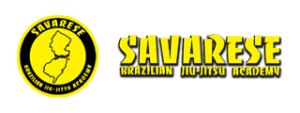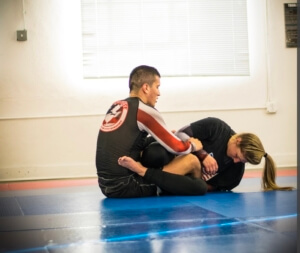Sweeping and throwing tip for BJJ
Sweeping and throwing tip for BJJ
Here is a sweeping and throwing tip for BJJ. Look where you want them to land! Whenever you want to throw someone from standing position or sweep from guard position, you will need to align your body’s structure and in the direction of the throw/sweep. Only a unified effort recruiting every part of your body will get the job done against strong resistance. so, one of the best ways to do this is to obey this simple tip… LOOK WHERE YOU WANT YOUR OPPONENT TO LAND. In many cases, (there are couple of exceptions) the simple act of looking will get your head pointed in the correct direction. The head leads the body and will thus help you create a unified effort in the proper direction to get the results you seek. Here, our Savarese BJJ Academy (www.njbjj.com) student is setting up a beautiful hook sweep and is following this tip. By looking where he wants his opponent to land he creates a powerful body align that creates high amplitude and a spectacular finish. Next time you are sweeping from bottom, employ this simple but very useful principle and you can get better results!

